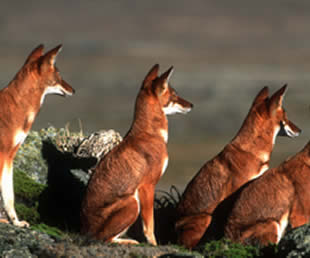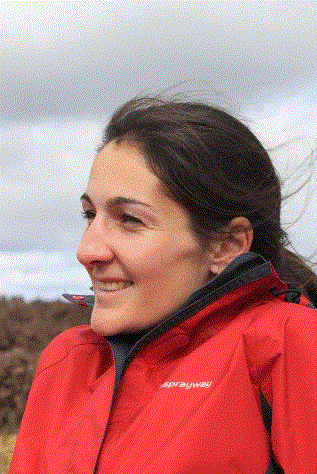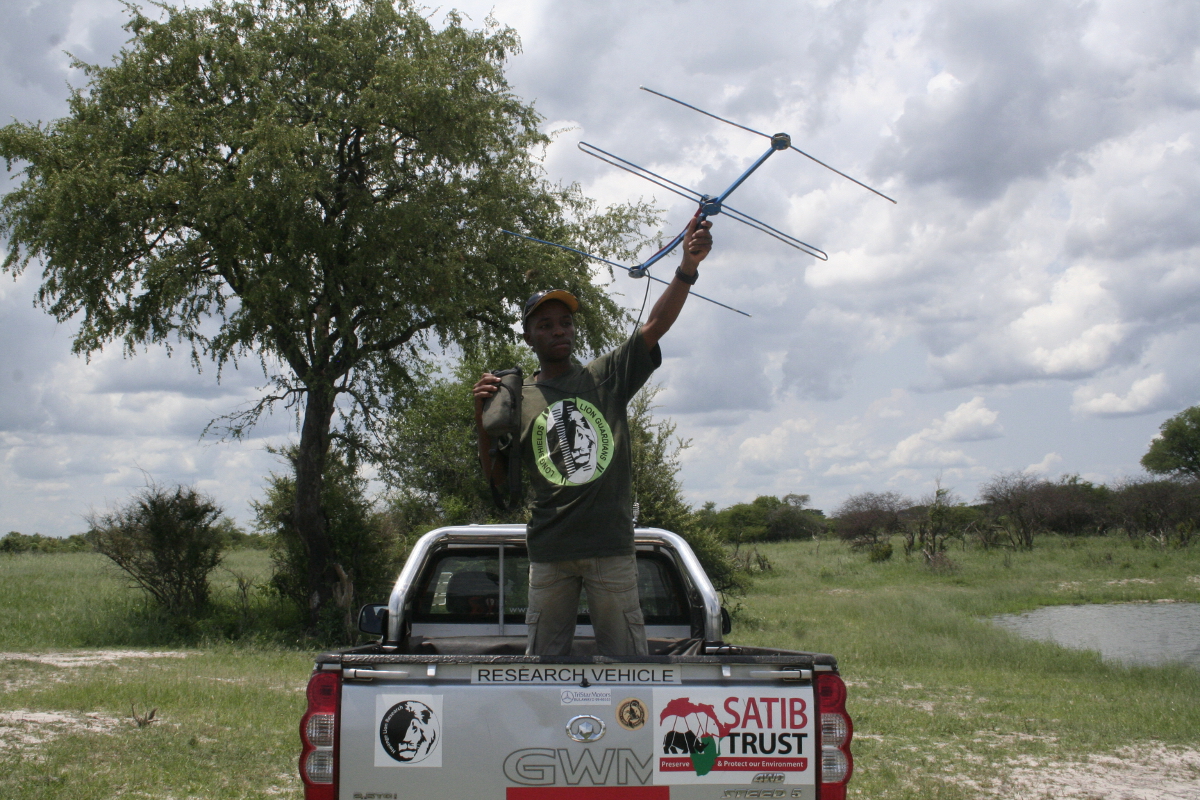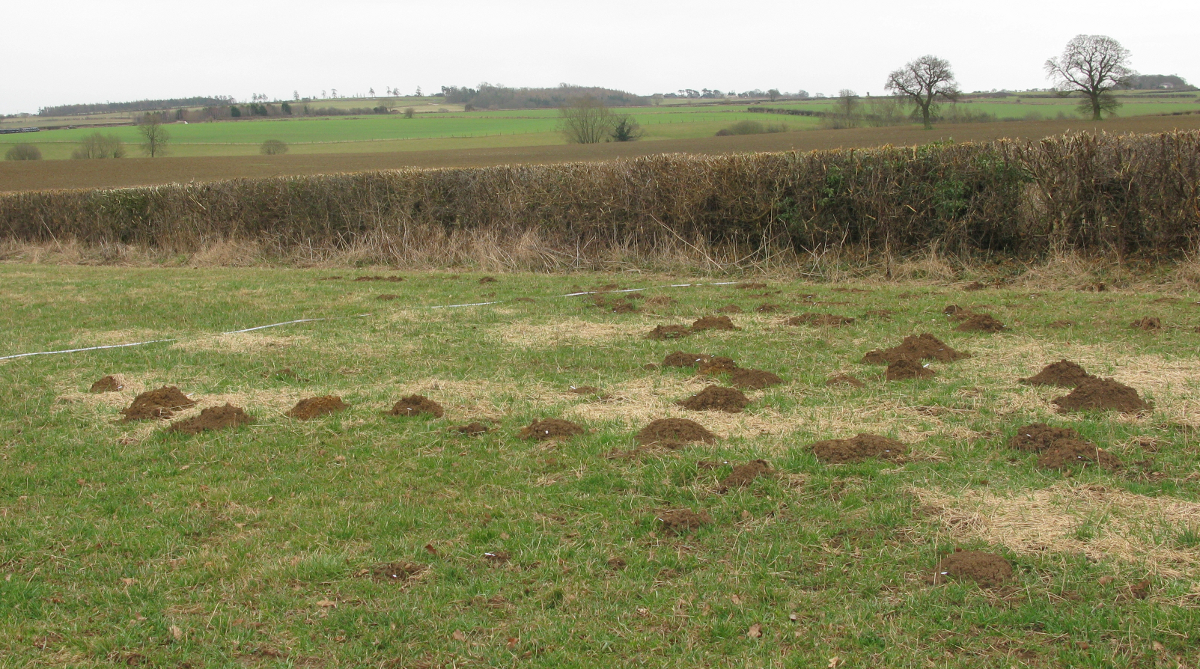All News

EWCP Annual Report just out
July 19, 2016The Ethiopian Wolf Conservation Programme is a partnership of WildCRU with the Ethiopian Wildlife Conservation Authority established in 1995. With a global population of fewer than 500 animals perching on the Roof of Africa and threatened by habitat loss and disease Ethiopian wolves are Africa’s most threatened carnivore. Read about our work in ... Read full story

David Macdonald featured in Oxford Martin School video
June 29, 2016What can the reaction to the death of Cecil the lion tell us about human co-operation? In which contexts can humans become ‘super-cooperators’ and overcome self-interest to act for the common good? The Oxford Martin Programme on Natural Governance, is a new research initiative set up to study this issue. Reactions to the death of Cecil the ... Read full story

Ruaha Carnivore Project features in Geographical
June 20, 2016WildCRU’s Ruaha Carnivore Project, led by Dr Amy Dickman was featured in the May 2016 edition of Geographical, the magazine of the Royal Geographic Society. This great article by Sarah Gilbert highlights the complexity of working with remote communities who kill carnivores for cultural reasons, as well as in response to attacks on ... Read full story

WildCRU and RECaP revealing pine marten habitat use
July 11, 2016A collaborative effort between WildCRU and RECaP Laboratory at Michingan State University, has set out to evaluate the habitat use of European Pine Martens. The pine marten has been traditionally thought of as a strict dweller of woodland. Using an extensive camera-trapping survey in the Scottish Highlands by WildCRU alumnus Kerry Kilshaw, WildCRU and RECaP ... Read full story

Cecil’s legacy discussed in the Guardian
June 28, 2016The question of Cecil the Lion’s legacy and WildCRU’s Trans Kalahari Predator Project, led by Dr Andy Loveridge, was featured in the Guardian environment section today. The Trans Kalahari Predator Project is one of WildCRU’s largest and longest running projects, focussed on the lions across this region of Africa, and their interactions ... Read full story

Moles and mole control in Britain after strychnine
June 14, 2016Molehills are a familiar sight in the British countryside and the moles that create them are often considered pests. Until recently it was legal to poison moles with strychnine, which is widely regarded as inhumane. Strychnine was withdrawn from use in mole control in 2006, leading to fears that mole populations would increase. In a ... Read full story
«Return to News & Events





